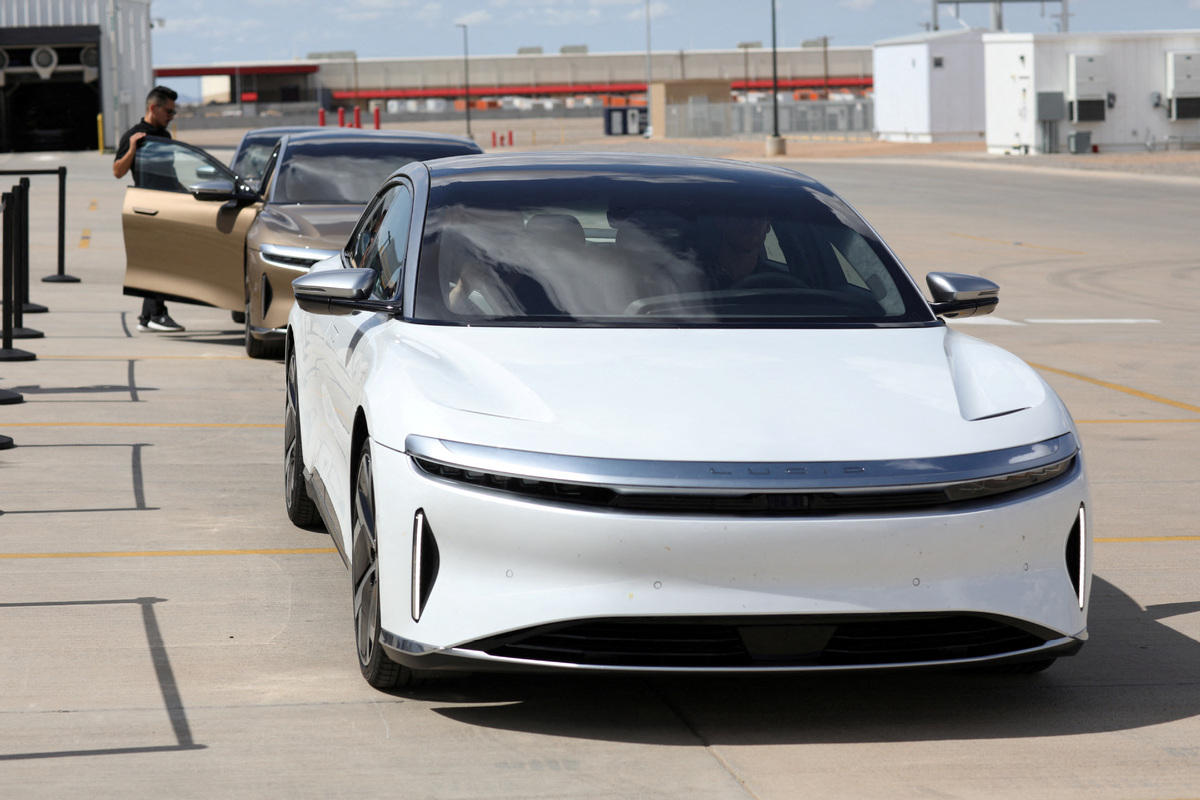Americans are shying away from buying new cars, preferring to keep their older models longer amid high new vehicle costs and record inflation that is eroding their purchasing power.
The cost of new cars has hit a record in recent years, with data showing they rose 24 percent to $48,000 in the first quarter of this year, according to auto site Edmunds.com.
Car loans also shot up 7 percent. It means drivers could have to pay $729 a month on their loans. This makes it harder for most drivers to make payments as inflation squeezes the amount of money families have to spend on other key items such as food, bills, rent and mortgages.
Interest rate hikes by the Federal Reserve to curb inflation have led to higher rates on car loans and credit cards. A car payment could now be a sixth of the average family income. That’s double the price a family would have paid on a car loan in 2019.
“When you do the math on what that means for the average household, it’s essentially pricing the median completely out of the new vehicle market,” Jonathan Smoke, chief economist at Cox Automotive, said in a statement to The Washington Post.
As a result, Americans are now keeping their cars longer than ever before, with the average age of a car on the road at 12.5 years, S&P Global Mobility found.
The problems surrounding the cars began during the start of the COVID-19 pandemic in 2020, when there was a global shortage of computer chips for cars that affected the ability of automakers to build new vehicles. Chips are needed to operate gas pedals, transmissions and other key components.
This year, the average price of a new non-luxury vehicle from Chevrolet, Hyundai Ford and Nissan was $44,182, according to Kelley Blue Book.
However, the amount people in the bottom 20% of incomes were willing to spend on a new vehicle hit an 11-year low. Instead, the top 20 percent of workers have spent record amounts of cash on cars since 1984, according to the 2021 Survey of Consumer Expenditures.
New vehicle sales could reach $14.5 billion this year, according to S&P. Last year, new car sales were $13.9 million. But overall, the cost of new vehicles has fallen for the first time in 20 months, according to data released by Kelley Blue Book.
The average transaction price of a new vehicle in the US declined 11 percent in March to $48,008 from $48,558 in February, Reuters reported. However, prices rose 3.8 percent in March compared to the same time last year.
Used cars also cost more. On average, the cost of a used car rose 40 percent to $29,000, according to The Associated Press. Used car loans rose 11 percent to $563 a month.
In recent years, the car market has changed considerably and many car manufacturers have decided to focus on investing more money in the production of more expensive models rather than cheaper ones.
More than 30 percent of the market caters to those with annual incomes above $150,000, according to research by consulting firm AlixPartners.
This has also been partly due to the global chip shortage. Production costs around the world are also higher. It has caused automakers to produce more SUVs and other bigger, more expensive cars.
Bucking that trend, General Motors, the largest US automaker, said in April it would cancel its best-selling and most affordable electric vehicle at the end of the year: the Chevy Bolt. This has closed the gap on affordable electric vehicle models.
Last year, despite robust sales of more than 21,000 of those car models a year, it also canceled the Chevy Spark, which cost about $13,600. Its cheapest car model now costs more than $20,000.
This has reduced the number of affordable vehicles available. The number of vehicles costing $60,000 or more was 61 in 2017, 76 in 2021, but 94 this year, according to an analysis by The Washington Post.
Automakers have also sold far fewer cars in the US than before the pandemic. There were approximately 13.9 million car sales in 2022; in 2019 this figure was 17 million.



